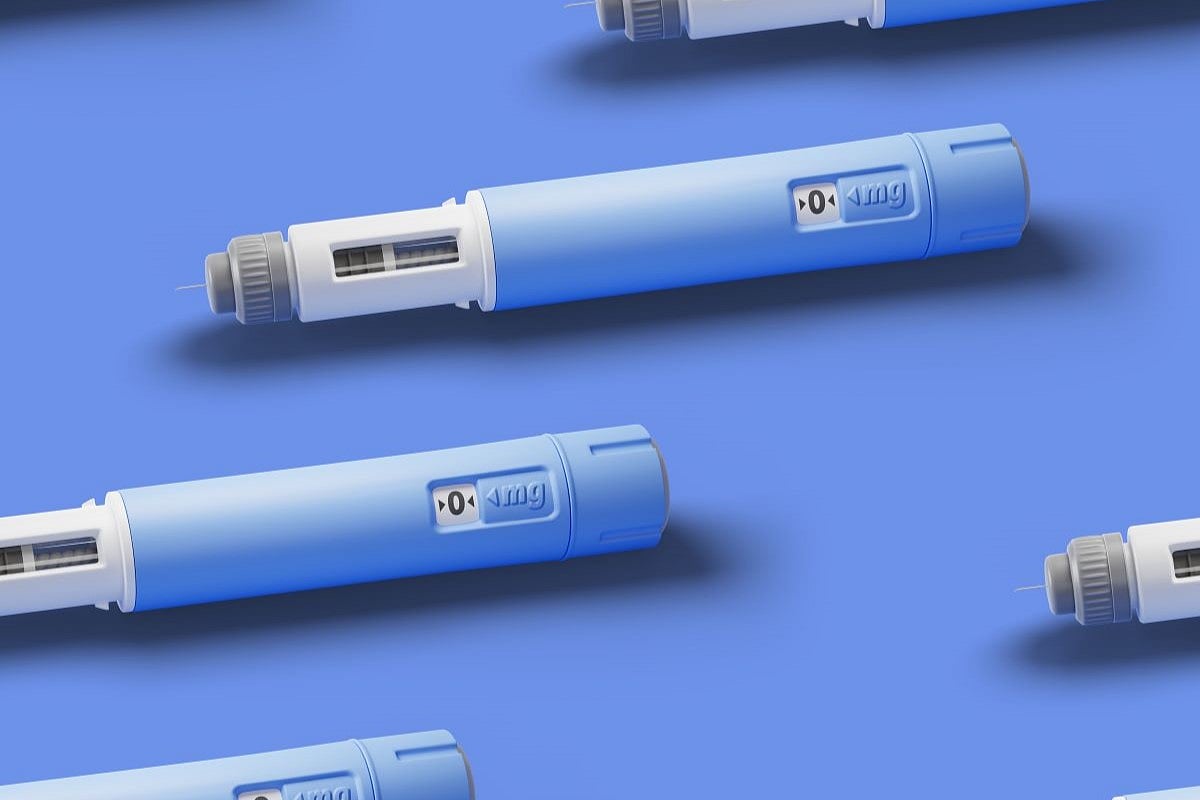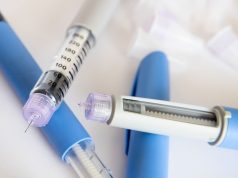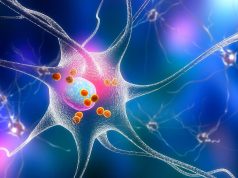Heart failure event-related greenhouse gas emissions estimated at 9.45 and 9.70 kg CO2e per patient per year for GLP-1 RA and placebo users, respectively
By Elana Gotkine HealthDay Reporter
FRIDAY, Aug. 29, 2025 (HealthDay News) — Patients with heart failure using glucagon-like peptide 1 receptor agonists (GLP-1 RAs) have less carbon dioxide equivalent (CO2e) greenhouse gas (GHG) emissions per patient per year, according to a study presented at the European Society of Cardiology Congress 2025, held from Aug. 29 to Sept. 1 in Madrid.
Bhargav Makwana, M.B.B.S., from the Lahey Clinic Medical Center in Burlington, Massachusetts, and colleagues examined the environmental benefits of GLP-1 RA therapy for reducing GHG emissions associated with worsening heart failure events. Data on the worsening of heart failure events with GLP-1 RAs and placebo were obtained from an individual patient-level meta-analysis of four randomized controlled trials involving patients with heart failure with preserved ejection fraction.
The researchers identified 54 worsening heart failure events among 1,914 patients receiving GLP-1 RAs compared with 86 events among 1,829 patients receiving placebo. Heart failure event-related GHG emissions were estimated to be 9.45 and 9.70 kg CO2e per patient per year among GLP-1 RA and placebo users, respectively, arising predominantly from inpatient stays and outpatient visits. Per patient per year, GLP-1 RA users had about 695.33 kg CO2e lower emissions due to a reduction in daily calorie consumption compared with placebo users.
“0.25 kg of CO2-equivalent per person saved annually from reduced hospitalizations might sound small,” lead author Sarju Ganatra, M.D., from Lahey Hospital, said in a statement. “However, when this figure is scaled up to the millions of patients eligible for these therapies, it adds up to over 2 billion kilograms of CO2-equivalent saved.”
Copyright © 2025 HealthDay. All rights reserved.








